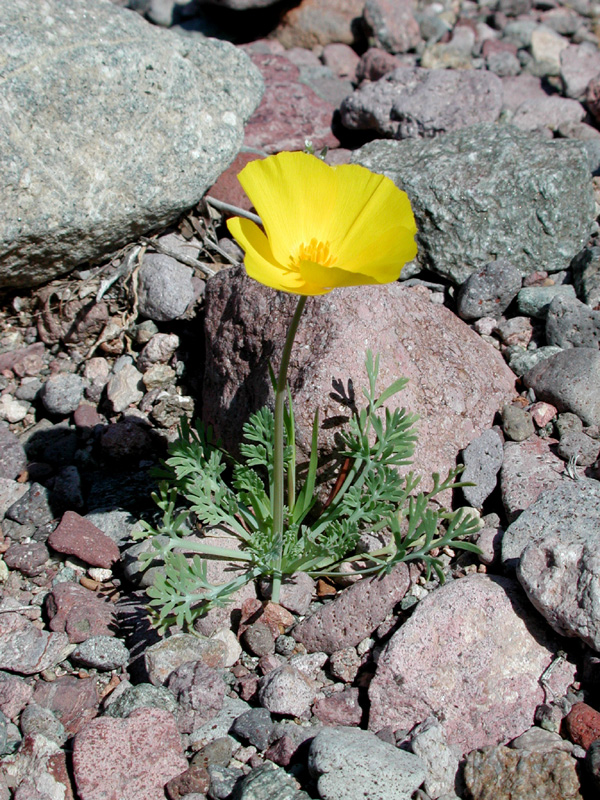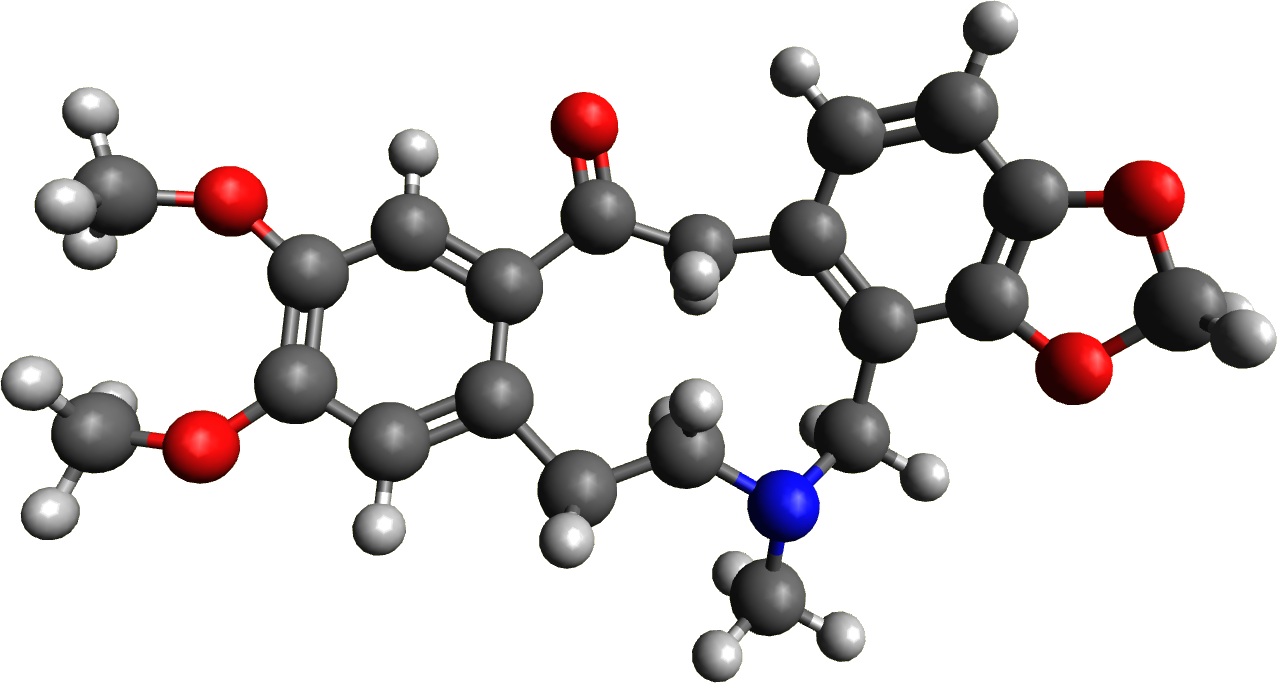|
Allocryptopine
Allocryptopine is a bioactive alkaloid found in plants of the Papaveraceae family, including '' Glaucium arabicum'' ''Argemone mexicana'' , '' Eschscholtzia'' , '' Corydalis'' , ''Fumaria ''Fumaria'' (fumitory or fumewort, from Latin ', "smoke of the earth") is a genus of about 60 species of annual flowering plants in the family Papaveraceae. The genus is native to Europe, Africa and Asia, most diverse in the Mediterranean regi ...'' , '' Chelidonium'' , '' Hunnemannia fumariifolia'' ''Eschscholzia lobbii'' and more other Papaveraceae plants.http://www.giftpflanzen.com/eschscholzia_californica.html See also * Cryptopine References Alkaloids Benzodioxoles Tertiary amines Ketones {{alkaloid-stub ... [...More Info...] [...Related Items...] OR: [Wikipedia] [Google] [Baidu] |
Argemone Mexicana
''Argemone mexicana'' (Mexican poppy, Mexican prickly poppy, flowering thistle, cardo or cardosanto) is a species of poppy found in Mexico and now widely naturalized in many parts of the world. An extremely hardy pioneer plant, it is tolerant of drought and poor soil, often being the only cover on new road cuttings or verges. It has bright yellow latex. It is poisonous to grazing animals, and it is rarely eaten, but it has been used medicinally by many peoples, including those in its native area, as well as the Natives of the western US, parts of Mexico and many parts of India. In India, during the colorful festival Holika Dahan, adults and children worship by offering flowers, and this species is in its maximum flowering phase during March when the Holi festival is celebrated. It is also referred to as "kateli ka phool” in India. Chemical constituents ''Argemone mexicana'' seeds contain 22–36% of a pale yellow non-edible oil, called ''argemone oil'' or ''katkar oil'', ... [...More Info...] [...Related Items...] OR: [Wikipedia] [Google] [Baidu] |
Eschscholzia Californica
''Eschscholzia californica'', the California poppy, golden poppy, California sunlight or cup of gold, is a species of flowering plant in the family Papaveraceae, native to the United States and Mexico. It is cultivated as an ornamental plant flowering in summer (spring in southern Australia), with showy cup-shaped flowers in brilliant shades of red, orange and yellow (occasionally pink and white). It is also used as food or a garnish. It became the official state flower of California in 1903. Description California Poppy is a perennial or annual plant growing to tall with alternately branching glaucous blue-green foliage. The leaves are alternately divided into round, lobed segments. The flowers are solitary on long stems, silky-textured, with four petals, each petal long and broad; flower color ranges through yellow, orange and red (with some pinks). Flowering occurs from February to September in the northern hemisphere (spring, summer, fall). The petals close at night ... [...More Info...] [...Related Items...] OR: [Wikipedia] [Google] [Baidu] |
Acute Toxicity
Acute toxicity describes the adverse effects of a substance that result either from a single exposure or from multiple exposures in a short period of time (usually less than 24 hours). To be described as ''acute'' toxicity, the adverse effects should occur within 14 days of the administration of the substance. Acute toxicity is distinguished from chronic toxicity, which describes the adverse health effects from repeated exposures, often at lower levels, to a substance over a longer time period (months or years). It is widely considered unethical to use humans as test subjects for acute (or chronic) toxicity research. However, some information can be gained from investigating accidental human exposures (e.g., factory accidents). Otherwise, most acute toxicity data comes from animal testing or, more recently, ''in vitro'' testing methods and inference from data on similar substances. Measures of acute toxicity Regulatory values Limits for short-term exposure, such as ... [...More Info...] [...Related Items...] OR: [Wikipedia] [Google] [Baidu] |
Papaveraceae
The Papaveraceae are an economically important family of about 42 genera and approximately 775 known species of flowering plants in the order Ranunculales, informally known as the poppy family. The family is cosmopolitan, occurring in temperate and subtropical climates (mostly in the northern hemisphere), but almost unknown in the tropics. Most are herbaceous plants, but a few are shrubs and small trees. The family currently includes two groups that have been considered to be separate families: Fumariaceae and Pteridophyllaceae. Description The plants may be annual, biennial, or perennial. Usually herbaceous, a few species form shrubs or evergreen trees. They are lactiferous, producing latex, which may be milky or watery, coloured or plain. All parts contain a well-developed duct system (these ducts are called "laticifers"), producing a milky latex, a watery white, yellow or red juice. The simple leaves are alternate or sometimes whorled. They have petioles and are not enc ... [...More Info...] [...Related Items...] OR: [Wikipedia] [Google] [Baidu] |
Glaucium Arabicum
''Glaucium'' (horned poppy) is a genus of about 25 species of annual, biennial or perennial herbaceous flowering plants in the family Papaveraceae, native to Europe, north Africa, and southwest and central Asia. The species commonly occur in saline habitats, including coasts and salt pans. List of species *'' Glaucium acutidentatum'' *''Glaucium afghanicum'' *'' Glaucium alakirensis'' *'' Glaucium aleppicum'' *'' Glaucium arabicum'' *'' Glaucium calycinum'' *'' Glaucium cappadocicum'' *'' Glaucium contortuplicatum'' *'' Glaucium corniculatum'', sea poppy *'' Glaucium cuneatum'' *'' Glaucium elbursium'' *'' Glaucium elegans'' *'' Glaucium fimbrilligerum'' *''Glaucium flavum'', yellow horned poppy *'' Glaucium grandiflorum'', grand-flowered horned poppy *'' Glaucium insigne'' *'' Glaucium leiocarpum'' *''Glaucium mathiolifolium ''Glaucium'' (horned poppy) is a genus of about 25 species of annual, biennial or perennial herbaceous flowering plants in the family Papaveraceae, nat ... [...More Info...] [...Related Items...] OR: [Wikipedia] [Google] [Baidu] |
Corydalis
''Corydalis'' (from Greek ''korydalís'' "crested lark") is a genus of about 470 species of annual and perennial herbaceous plants in the family Papaveraceae, native to the temperate Northern Hemisphere and the high mountains of tropical eastern Africa. They are most diverse in China and the Himalayas, with at least 357 species in China. Ecology ''Corydalis'' species are used as food plants by the larvae of some Lepidoptera species (butterflies), especially the clouded Apollo. Toxicity ''Corydalis cava'' and some other tuberous species contain the alkaloid bulbocapnine, which is occasionally used in medicine but scientific evidence is lacking in the correct dosages and side effects. Many of the species in ''Corydalis'' contain other toxins and alkaloids like canadine, which blocks calcium. The species ''C. caseana'' is poisonous to livestock. Taxonomy Current species There are about 470 species, including: * ''Corydalis ambigua'' * ''Corydalis aurea'' * ''Corydalis buschii' ... [...More Info...] [...Related Items...] OR: [Wikipedia] [Google] [Baidu] |
Fumaria
''Fumaria'' (fumitory or fumewort, from Latin ', "smoke of the earth") is a genus of about 60 species of annual flowering plants in the family Papaveraceae. The genus is native to Europe, Africa and Asia, most diverse in the Mediterranean region, and introduced to North, South America and Australia. ''Fumaria'' species are sometimes used in herbal medicine. ''Fumaria indica'' contains the alkaloids fuyuziphine and alpha-hydrastine. ''Fumaria indica'' may have anti-inflammatory and analgesic potential. Selected species There are about 50 species: *''Fumaria abyssinica'' Hammar *'' Fumaria agraria'' Lag. *''Fumaria ajmasiana'' Pau & Font Quer *''Fumaria asepala'' Boiss. *''Fumaria atlantica'' Coss. & Durieu ''ex'' Hausskn. *''Fumaria ballii'' Pugsley *''Fumaria barnolae'' Sennen & Pau *''Fumaria bastardii'' Boreau *''Fumaria berberica'' Pugsley *''Fumaria bicolor'' Sommier ''ex'' Nicotra *''Fumaria bracteosa'' Pomel * ''Fumaria'' × ''burnatii'' Verg. *'' Fumaria capitata'' Li ... [...More Info...] [...Related Items...] OR: [Wikipedia] [Google] [Baidu] |
Chelidonium
''Chelidonium'', commonly known as celandines, is a small genus of flowering plants in the poppy family The Poppy Family was a Canadian psychedelic pop group based in Vancouver. They had a number of international hit records in the late 1960s and early 1970s. Career Seventeen-year-old Susan Pesklevits met Terry Jacks in the mid-1960s when he ..., This genus is native to northern Africa and Eurasia, where they are widespread, ranging from western Europe to east Asia.''Chelidonium'' L. Kew Botanical Gardens This genus consists of herbaceous perennials. Leaves are alternate and deeply lobed. They produce yellow flowers. Species ''Chelidonium'' is a small genus, consisting of two to three species, depending on the taxonomic treatment. These are:[...More Info...] [...Related Items...] OR: [Wikipedia] [Google] [Baidu] |
Hunnemannia Fumariifolia
''Hunnemannia'' is a monotypic genus of flowering plants in the poppy family Papaveraceae, containing the single species ''Hunnemannia fumariifolia'' (tulip poppy or Mexican tulip poppy) native to the highlands of Mexico. It is typically found at elevations of in the Chihuahuan Desert and south into central Mexico, where it favors rocky habitats, occurring along roadsides as well. It is a perennial whose erect stems are somewhat woody at the base, and may reach in height. The leaves resemble those of the closely related ''Eschscholzia'', being finely divided into many gray-green linear lobes. The flowers are solitary yellow cups formed from four overlapping petals, 5–7 cm across, vaguely resembling the unrelated tulip; the two sepals underneath typically fall away as the flower opens. The numerous stamens are short, with orange anthers. The long thin fruits are also reminiscent of ''Eschscholzia''. The genus is named for English botanist and collector John Hunnemann ( ... [...More Info...] [...Related Items...] OR: [Wikipedia] [Google] [Baidu] |
Cryptopine
Cryptopine is an opium alkaloid. It is found in plants in the family Papaveraceae, including ''Argemone mexicana''. See also * Protopine * Allocryptopine References {{Components of Opium Natural opium alkaloids Alkaloids found in Papaveraceae Benzodioxoles Alkaloids ... [...More Info...] [...Related Items...] OR: [Wikipedia] [Google] [Baidu] |
Alkaloids
Alkaloids are a class of basic, naturally occurring organic compounds that contain at least one nitrogen atom. This group also includes some related compounds with neutral and even weakly acidic properties. Some synthetic compounds of similar structure may also be termed alkaloids. In addition to carbon, hydrogen and nitrogen, alkaloids may also contain oxygen, sulfur and, more rarely, other elements such as chlorine, bromine, and phosphorus.Chemical Encyclopedia: alkaloids xumuk.ru Alkaloids are produced by a large variety of organisms including , , |




